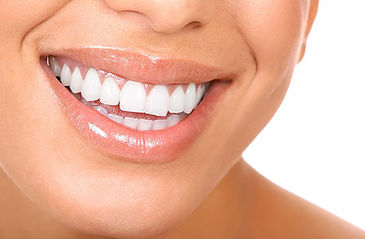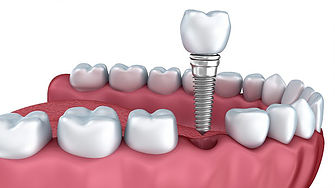Multiple teeth implants are more complicated, but we’re more than up to the challenge! Usually, the fitting of multiple implants will be a two stage process- initially, the implant is installed and covered by gum, then an abutment is attached at a later date.
Usually a temporary tooth is put in place, followed by a 3-6 month healing period, before the final installation. However, the procedure rarely causes patients discomfort.
Implants are the best solution for those with multiple missing teeth, particularly in the back of the mouth, where a dental implants will provide stability and the ability to eat whatever you want.
Problem
More than one tooth missing
-
Poorly fitting partial denture or a failing tooth-supported bridge
-
Unable to chew properly and eat what you
-
Food gets stuck under your denture leading to embarrassment or discomfort whilst eating
-
Loose teeth or not enough teeth to support a bridge
Solution
Permanently fixed bridge supported by implants
-
Eat anything you choose
-
Looks and works just like natural teeth
-
Fixed in place, no need to remove it to clean
-
No need to damage adjacent healthy teeth
-
Should last a lifetime with good oral hygiene and professional maintenance
-
Prevent shrinkage of underlying bone
Alternatives
Replacement tooth-supported bridge
-
Only possible is supporting teeth on either side can still be used
-
Maintains chewing stress on the supporting teeth reducing their useful life
-
Should be viewed as a temporary measure, if supporting teeth are failing
Larger tooth-supported bridge
-
A larger bridge puts even more stress on the supporting teeth at either end
-
If the gap is at the back of the mouth, a bridge may not be an option
-
Needs replacing from time to time
-
Bone beneath bridge shrinks, due to lack of use, leaving a gap
Partial denture
-
Can be loose and uncomfortable, with food trapping beneath whilst eating
-
Causes the bone and gum beneath the denture to shrink
-
The clips which secure the denture can damage other teeth
Leave a gap
-
Unsightly
-
May impair eating, speech, confidence
-
Bone and gum in gap will shrink
-
Position of adjacent and opposing teeth can move over time causing other problems




